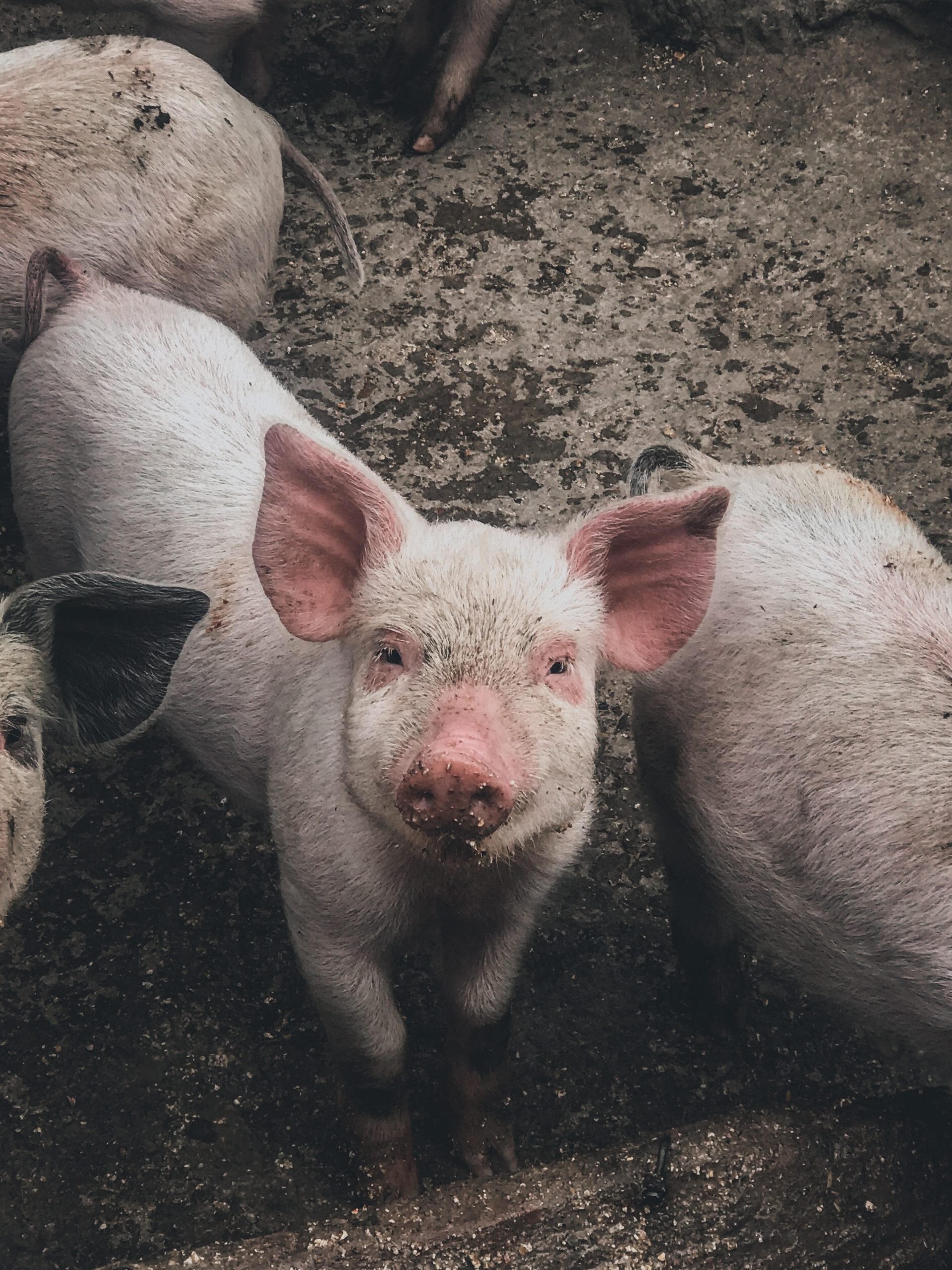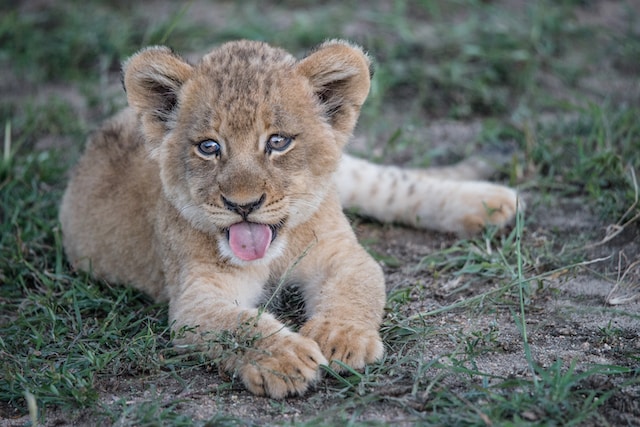Giraffes are not only known for their long necks and unique anatomy but also for their fascinating social behavior in the wild. As a journalist, I have conducted research and interviews to provide readers with a closer look at the social lives of giraffes.
Giraffes are social animals and typically live in groups called towers or herds. These groups can vary in size, ranging from a few individuals to over twenty. Within these groups, there is a hierarchy based on dominance, with dominant males often being the tallest and largest in the group. Females also have a hierarchy, but it is less pronounced than in males.
One of the most interesting aspects of giraffe social behavior is their communication. Giraffes use a variety of sounds to communicate with each other, including grunts, moans, and hisses. They also use body language, such as necking, to establish dominance or resolve conflicts. Necking involves two males engaging in a physical battle by swinging their long necks at each other.
Giraffes also have unique ways of showing affection and forming bonds. They often engage in a behavior called “necking,” which involves two giraffes rubbing their necks together. This behavior is seen between both males and females and is thought to be a way of bonding and strengthening social ties.
Another interesting aspect of giraffe social behavior is their maternal care. Female giraffes are very attentive mothers and are known to form close bonds with their offspring. Calves stay close to their mothers for the first few months of their lives, nursing frequently and learning important survival skills. The mothers are also very protective of their young and will aggressively defend them against predators.
Unfortunately, giraffes are facing many threats in the wild, including habitat loss, poaching, and climate change. As a result, conservation efforts are critical to the survival of these majestic animals. Organizations such as the Giraffe Conservation Foundation and the African Wildlife Foundation are working to protect giraffes and their habitats, but more needs to be done to ensure their survival.
In conclusion, giraffes are not only fascinating animals to look at but also have complex social lives in the wild. Through their communication, bonding, and maternal care, they demonstrate intelligence and emotional depth. However, with their populations declining, it is essential that we take action to protect these unique creatures for future generations to appreciate and admire.










